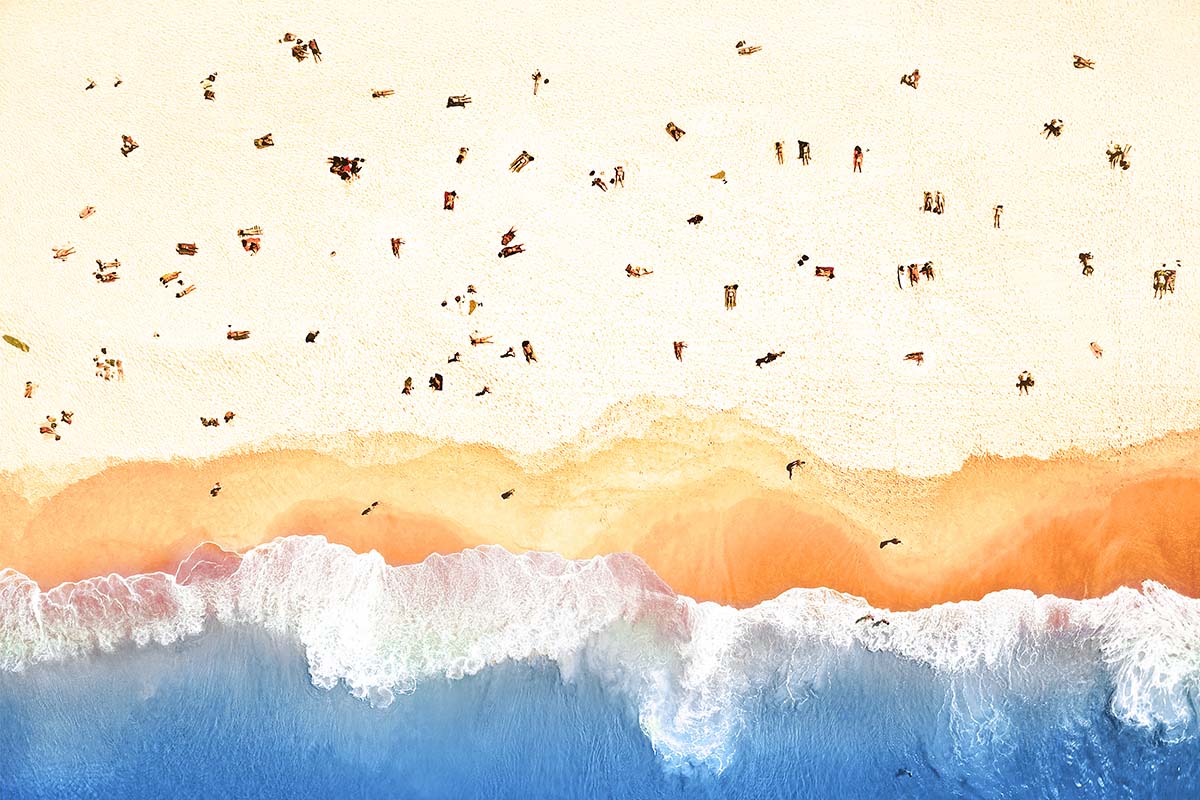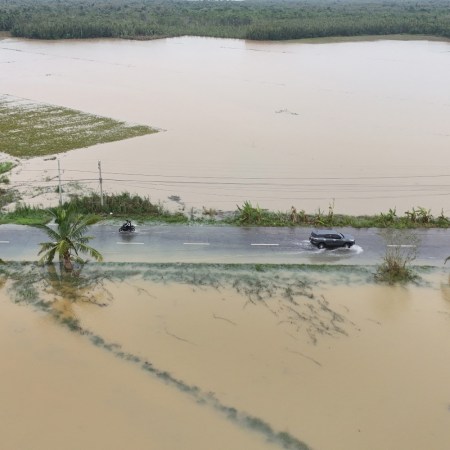I was at a surf competition on Oahu’s North Shore in early February, watching a crew of Brazilians do battle with Banzai Pipeline, when the heat’s live commentary was interrupted by a PSA. With a banal, “I know you’ve heard this a thousand times before” intonation, a voice reminded the thousands of spectators gathered along the beach to only use reef-safe sunscreens while enjoying the Volcom Pipe Pro. The broadcaster listed a couple chemicals that seemed difficult to pronounce, thanked a brand or two and then promptly transitioned to talking about açaí bowls. That, apparently, was that.
In Hawaii, as my confused/curious self later learned, sunscreens containing the chemicals oxybenzone and octinoxate were banned in the summer of 2018 (exactly two years ago this past week) by the state’s Senate Bill 2571. The law still hasn’t gone into effect, and won’t until January 1st, 2021, but the islands have steadily incorporated sustainable sunscreens into their new normal. As Governor David Ige noted at the time, Hawaii was “the first region in the world” to take such a strong stance against the chemicals. It may be possible — similar to the plastic-bag ban in New York City — for certain corner shops to subvert the new rule, for a time. But over-the-counter sale of sunscreens with those exact chemicals will soon be banned, period, and you can expect Hawaii’s half-thousand hotels to observe the rule accordingly.
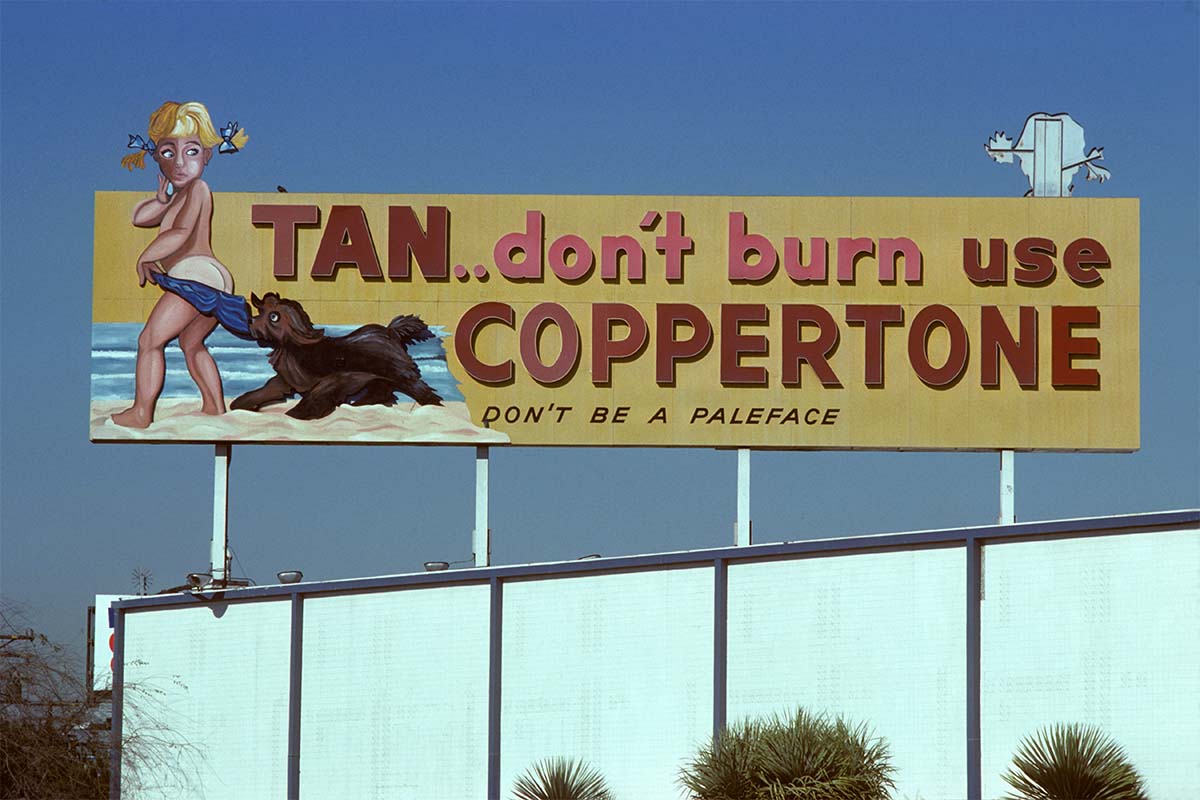
No other state has formally banned sunscreen with harmful chemicals, but Key West, Florida, which is home to the only living coral barrier reef in the States (and the third largest reef in the world, after the Great Barrier and Belize Barrier reefs) took action in early 2019. The Key West City Commission voted for pretty much the exact same conclusion that was reached in Hawaii several months before — bans on oxybenzone and octinoxate, enforced at the start of 2021 — and Key West Mayor Teri Johnston summed up her reasoning succinctly: “There are thousands of sunscreens out there, and we have one reef.”
Most casual beachgoers probably have some understanding that spray sunscreen isn’t ideal for the environment. Canistered sunscreen has long been associated with chlorofluorocarbons, which played a not-insignificant role in ripping a hole in the stratosphere. The industry phased CFCs out decades ago, giving the sky a reprieve, but sunscreen has shifted gears to damaging the sea instead, and specifically coral reefs. As of the beginning of this year, over 70% of sunscreens sold in America contained oxybenzone, and 8% contained octinoxate. And when people who’ve applied those sunscreens swim, snorkel or surf in areas near coral reefs, the chemicals can “awaken viruses” in the coral.
According to the National Park Service: “Coral then becomes sick and expels its life-giving algae. Without these algae, the coral ‘bleaches’ (turns white), and often dies. We may not realize that the products covering our skin wash off when we enter the water, [but it does] and it adds up. Research tells us that 4,000 to 6,000 tons of sunscreen enters reef areas annually. This does not spread out rapidly or evenly over the entire ocean, but concentrates on popular tourist sites. It is estimated that 90% of snorkeling and diving tourists are concentrated on 10% of the world’s reefs.”
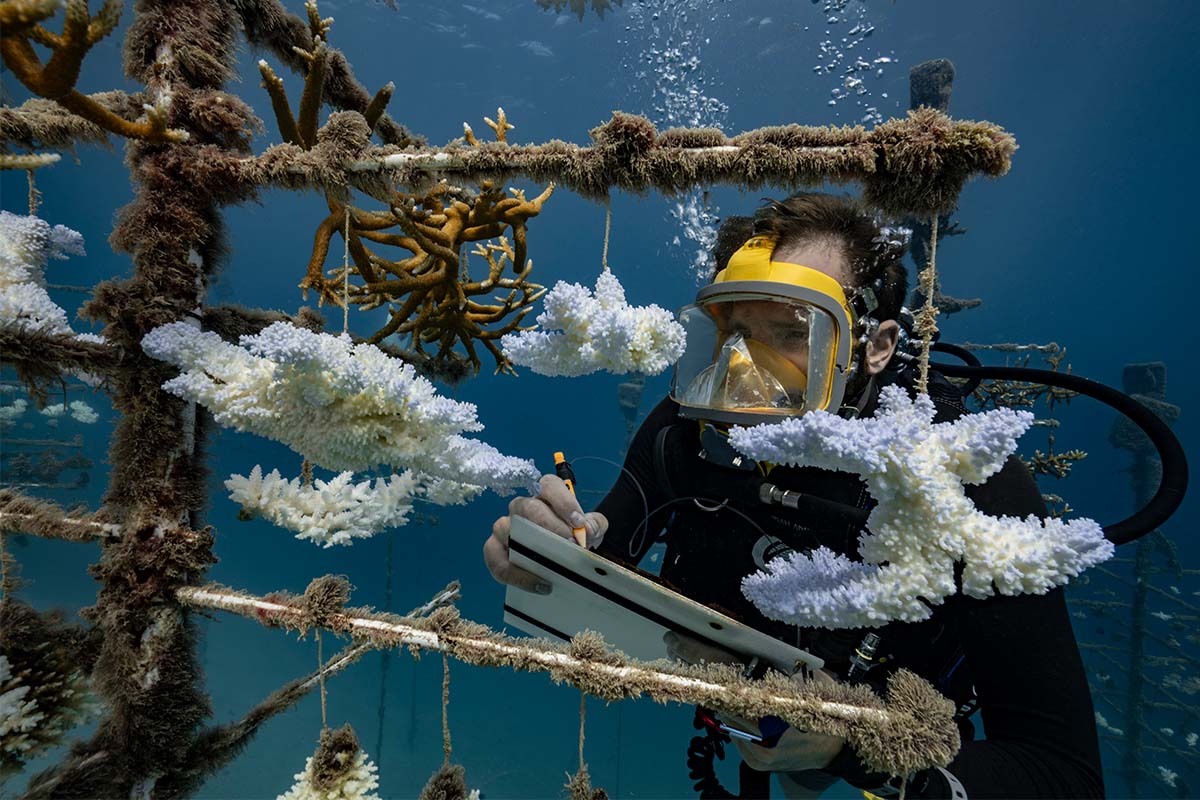
If you’re hard-pressed to care about the health of coral reefs from a purely compassionate perspective, it’s important to remember that the death of marine ecosystems has direct economic consequences, too. In the Florida Keys, for instance, the National Oceanic and Atmospheric Administration estimates that the Florida Reef has an asset value of $8.5 billion and is responsible for 70,400 full and part-time jobs. Coral reefs are true crossroads of the ocean, gathering places vastly important to both those who travel halfway around the world to see them and those just looking to put a meal on the dinner table. And in an age when hurricanes and tsunamis only seem to grow stronger, one of the coral reef’s primary functions — as a barrier, it’s right there in the names — is crucial. A study released in 2014 found that coral reefs can absorb a shocking 97% of wave energy, which directly impacts waterfront communities from storm surges.
Two minerals that haven’t been shown to bring “the white death” to coral reefs are zinc oxide and titanium dioxide. In select sunscreens, these ingredients function as safe, effective alternatives to oxybenzone and octinoxate. The bans in Hawaii and Key West, then (along with a few other international destinations, including the U.S. Virgin Islands, the Caribbean island of Bonaire and the Pacific island of Palau), have given Big Sunscreen time to prioritize the inclusion of zinc oxide and titanium dioxide in their products, and small-batch, all-natural purveyors an opportunity to highlight the good they’ve been doing all along. (Consider one of the sunscreen industry’s most famous names: Coppertone. When Hawaii passed the bill in 2018, parent-owner Bayer publicly opposed the law. Now they have a line of sunscreen called Pure & Simple with “Zinc Oxide Protection” proudly written across the bottle.)
Fascinatingly (and perhaps unsurprisingly), sunscreen made from minerals, not chemicals, is also far better than the skin. Cries from resistant Floridian lawmakers wary of melanoma ignore the fact that improving sunscreen products won’t just help the environment — it will also prioritize skin health. Just as the ocean’s largest forests don’t take kindly to oxybenzone and octinoxate, our body’s largest organ has a difficult time adjusting to them, too. The U.S. Food and Drug Administration never implanted sunscreen safety standards, and for years those chemicals and others have permeated the skin and fiddled with hormone levels in the endocrine system.
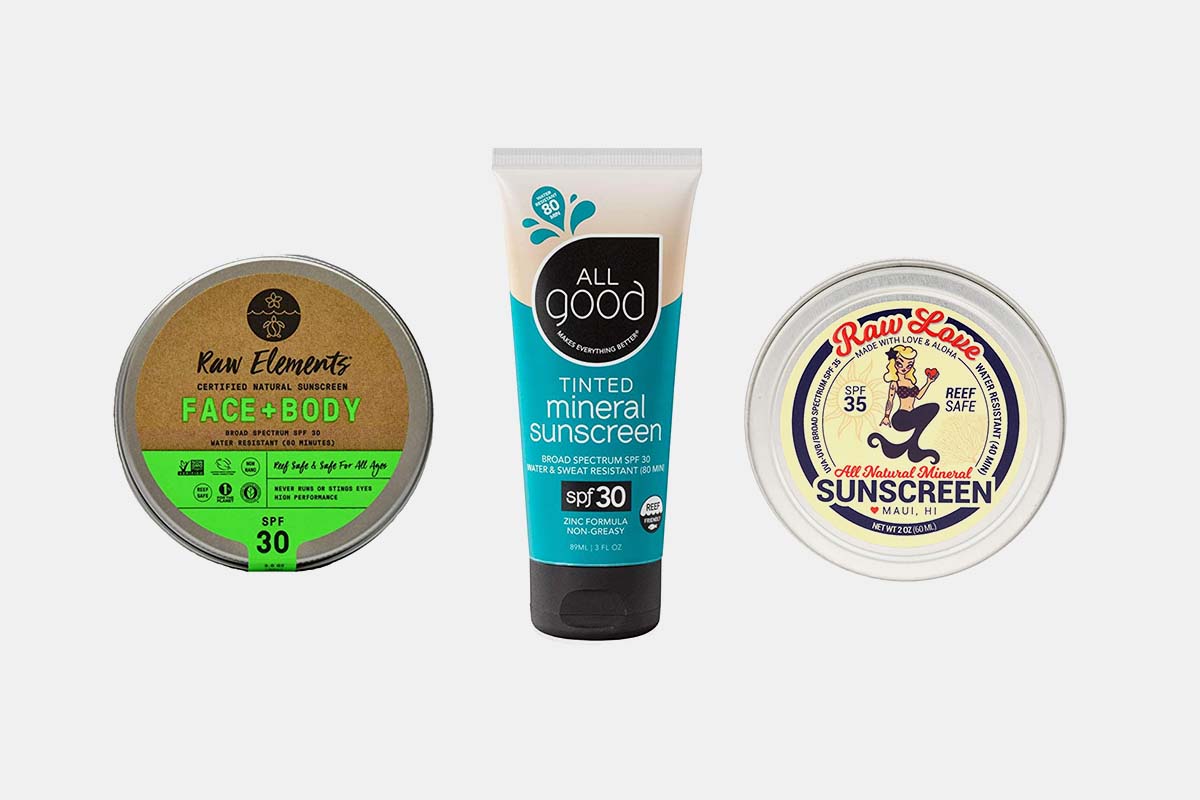
It could be some time before your state looks to ban sunscreens with toxic chemicals. It’s been a bear of a year, and that’s somewhat understandable. But you don’t have to wait for an official bill to be signed into law to start applying reef safe lotion. (And you don’t even have to wait for a day at the beach — after all, these WFH months have most of us spending more time in the sun during work hours, in less clothing, than we’re used to.) The time to add this to your day-to-day, planet-friendly checklist is right now. Coral reefs have given us so much; even today, as so many of them turn into crunchy graveyards, there are scientists finding potential life-saving steroids deep in their rinds. They’ve even been called “the medicine chests of the sea.”
In the interest of protecting those sacred, ancient ecosystems, consider sunscreens from the following brands:
- All Good Sport Mineral Sunscreen Lotion
- Babo Botanicals Clear Zinc Sunscreen Lotion
- Badger Natural Mineral Sunscreen Cream
- Manda Organic Sun Paste
- Olita Organic Mineral Sunscreen Lotion
- Raw Love All-Natural Mineral Sunscreen
- Raw Elements Face and Body Certified Natural Sunscreen
- Suntegrity Unscented Natural Mineral Sunscreen
- Thinksport Safe Sunscreen
And something to keep in mind: try, if you can, to stock up on these sunscreens before you head out on vacation this summer (or next). The majority of resort towns in America have little incentive to stock ingredient-conscious products from independent brands. They will probably upcharge the “mineral-based” options, leaving the garish orange can from Banana Boat (just $6!) looking awfully attractive. If you pick up reef-safe sunscreen now, you’ll get it a bit cheaper. But more importantly, you’ll get in the habit of protecting the ocean each time you protect your skin.
Whether you’re looking to get into shape, or just get out of a funk, The Charge has got you covered. Sign up for our new wellness newsletter today.
